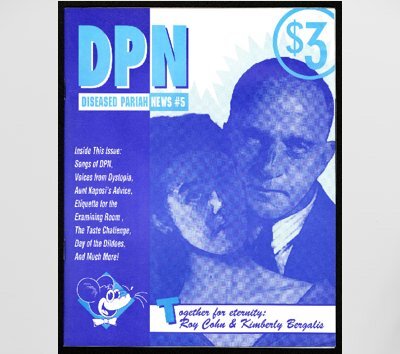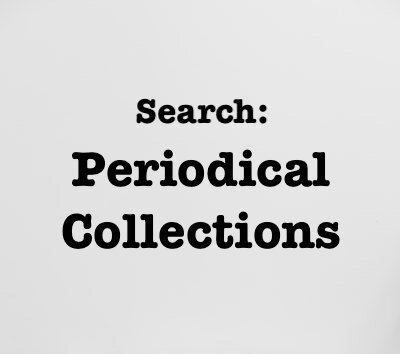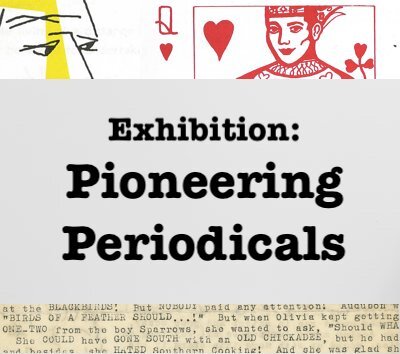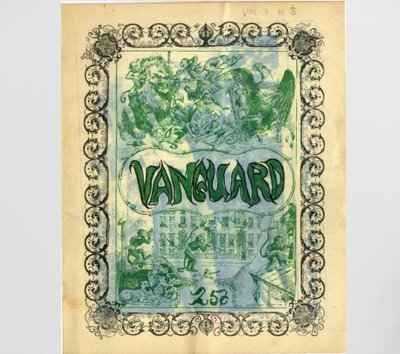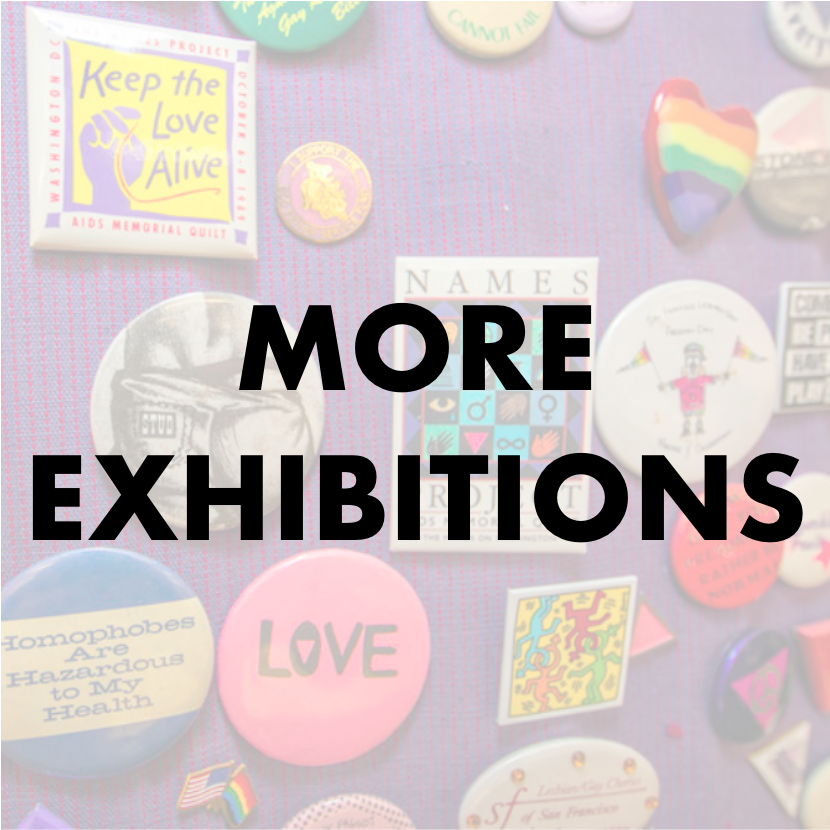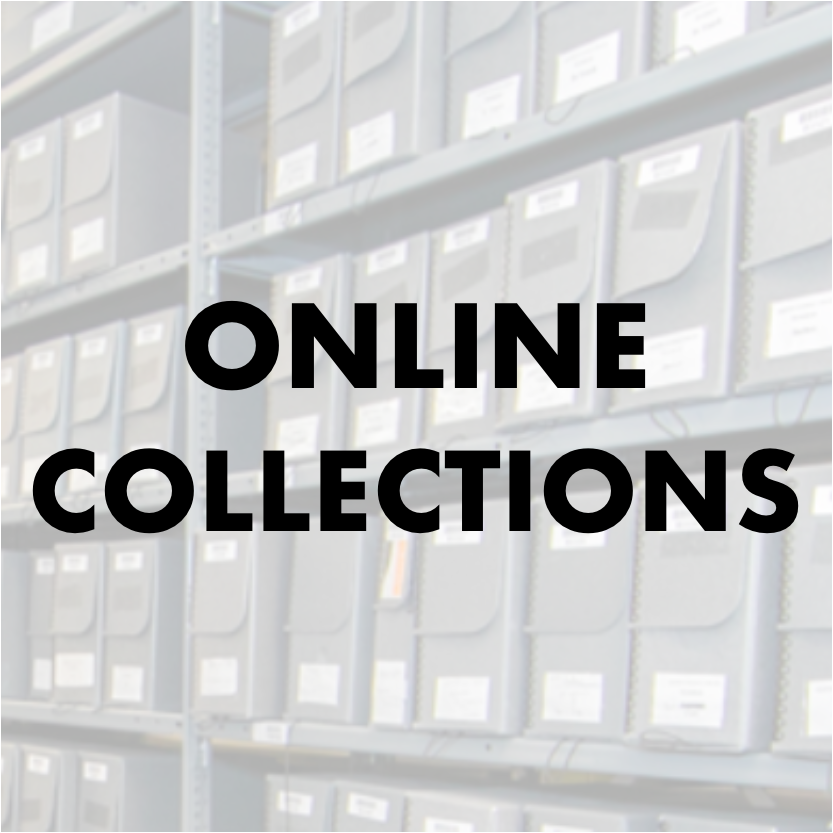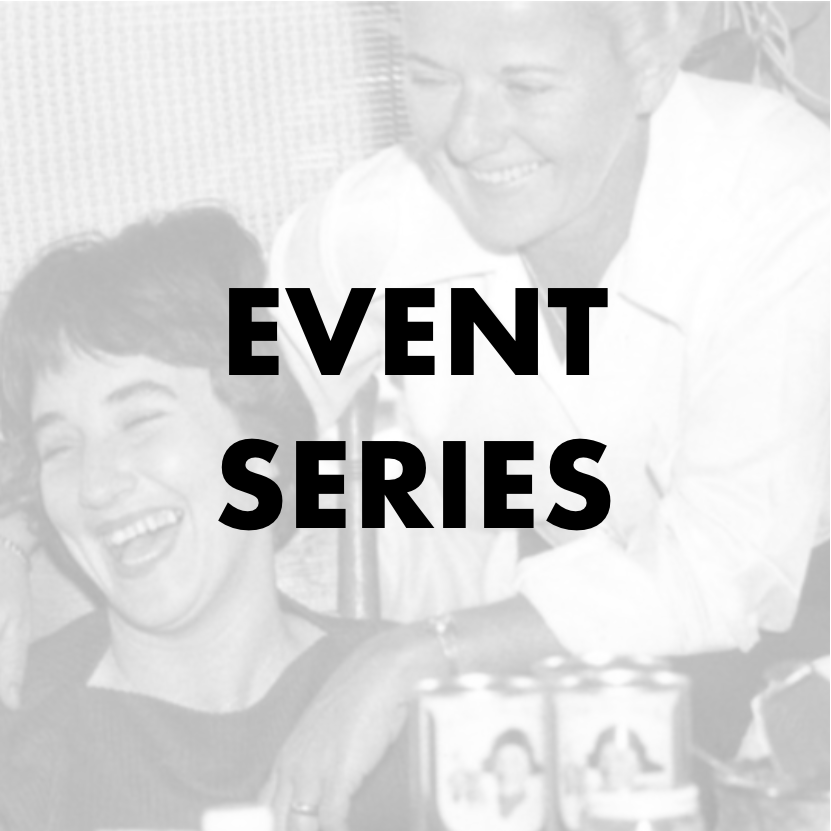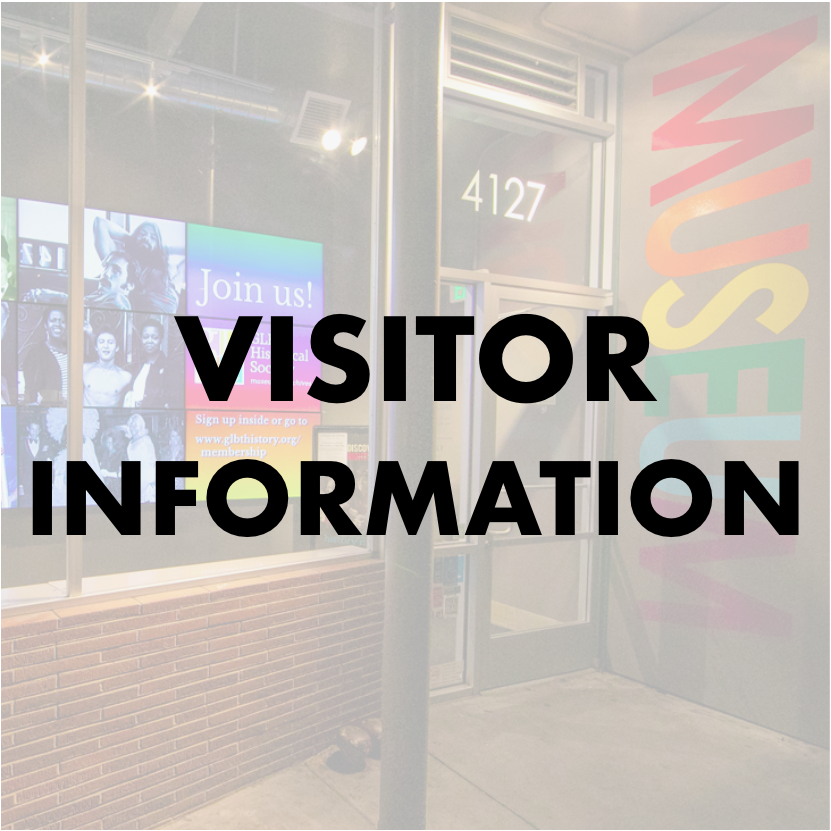Curated by Joanna Black and Jeremy Prince
This exhibition was on view at the GLBT Historical Society Museum from March to September 2018

With one title on display for each letter of the alphabet, this exhibition reflects how queer people from diverse communities have used periodicals to form social networks, create culture, express desire and inspire activism. The magazines, newspapers, newsletters and zines in the exhibition — many of them graphically striking — offer a distinctive window into the intersectional identities, culture and politics of LGBTQ people at the high point of print periodicals as a means of mass communication.
Hover on individual images for captions, and click to enlarge photos and read captions and credits.

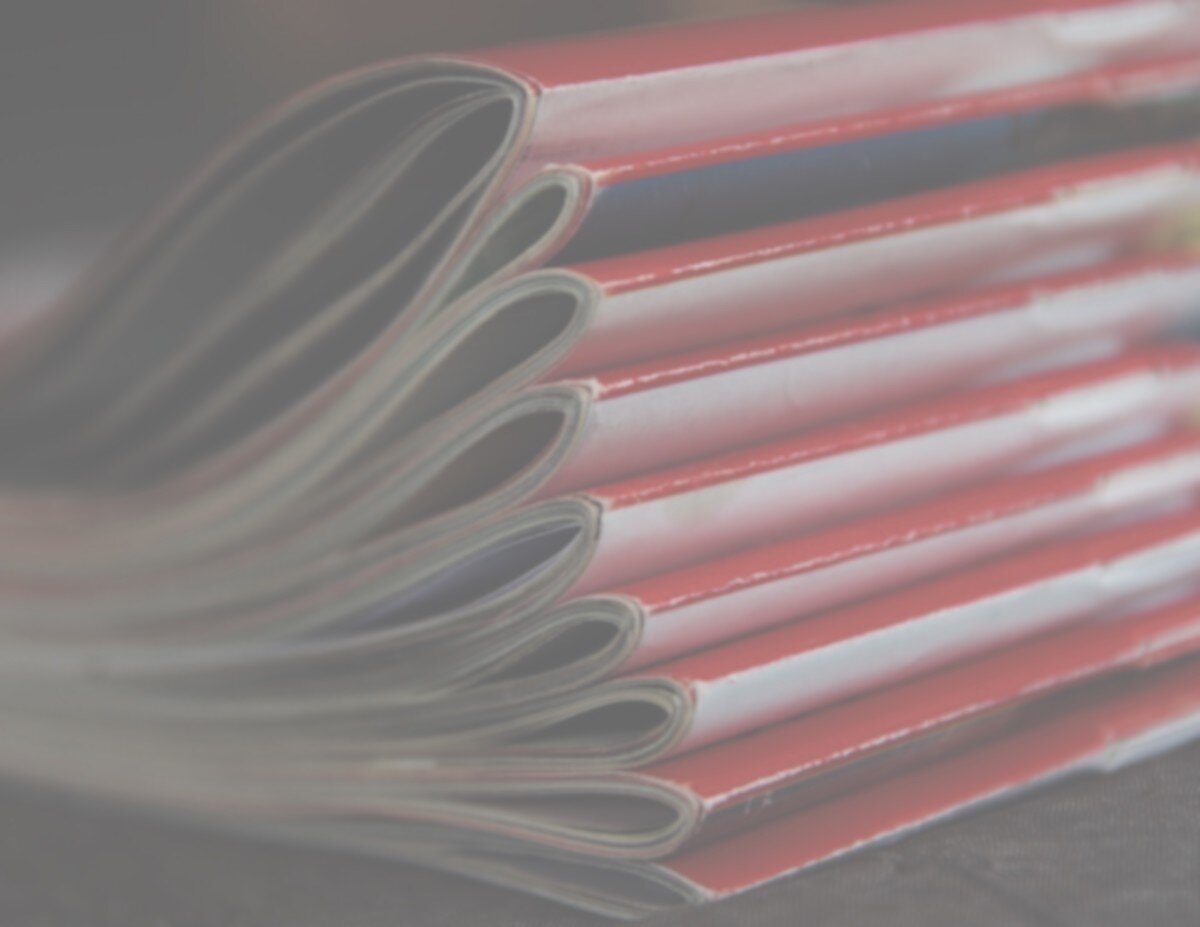
A Anything That Moves, no. 19 (spring 1999); San Francisco: Bay Area Bisexual Network.
B BEAR, No. 21 (1992); San Francisco: Brush Creek Media.
C CTN Magazine, Vol. 2, no. 1 (spring 1995); Berkeley: CTN.
D Diseased Pariah News (DPN), no. 9 (1994); Oakland: Men’s Support Center.
E East Bay OutNOW!, vol. 1, no. 2 (August 22–September 4, 1995); Fremont: East Bay Out Now.
F Fat Girl, no. 3 (1995); San Francisco: Fat Girl.
G GBM (Gay Black Men), no. 11 (October 1999); San Francisco: Brush Creek Media, Inc.
H Hermaphrodites with Attitude (Summer 1995); San Francisco: Intersex Society of North America.
I Icon (September 1995); San Francisco: Dykespeak/Icon.
J Join Hands, no. 13 (January–March 1978); San Francisco: Join Hands.
K Kalendar, vol. 5, no. 16 (August 19, 1977); San Francisco: Kalendar Publications.
L Lavender Reader, vol. 6, no. 3 (spring 1992); Santa Cruz: Lavender Reader.
M Mach, vol. 2, no. 6 (1983); San Francisco: Brush Creek Media.
The Periodicals Collection of the GLBT Historical Society focuses primarily on Northern California. Because few of the LGBTQ titles published before 1970 are available in other research institutions, we also preserve national and international LGBTQ periodicals from that era. Our collection continues growing with the addition of both historic and new publications.

N Noodle, no. 1 (2002); San Francisco: ML Productions Inc.
O Our Stories, vol. 14, no. 1 (Winter–Spring 1999); San Francisco: Gay & Lesbian Historical Society of Northern California.
P Phoenix Monthly International, vol. 3, No. 11 (October 1983); San Francisco: Gateway Gender Alliance.
Q Que Pasa? Newsmagazine, December 1977; San Francisco: Que Pasa News.
R Rubyfruit Readher: A Lesbian Communiqué, no. 11 (June 1977); Santa Cruz: Rubyfruit Reader.
S Seasons, Summer 1991; Oakland: The National Native American AIDS Prevention Center.
T TNT: Transsexual News Telegraph, Summer 1993; San Francisco: Anne Ogborn.
U Ultra Violet, vol. 5, no. 2 (September 1994); San Francisco: Lesbians & Gays Against Intervention.
V Vanguard, vol. 1, no. 4 (February 1967); San Francisco: Vanguard.
W Whorezine, no. 13 (June 1992); San Francisco: Whorezine.
X XY Magazine, no. 12 (April–May 1998); San Francisco: XY Magazine.
Y Yellow Silk: Journal of Erotic Arts, no. 8 (summer 1983); Albany: Verygraphics.
Z Zoömorph, no. 2 (circa 1999); Union City: Zoömorph.
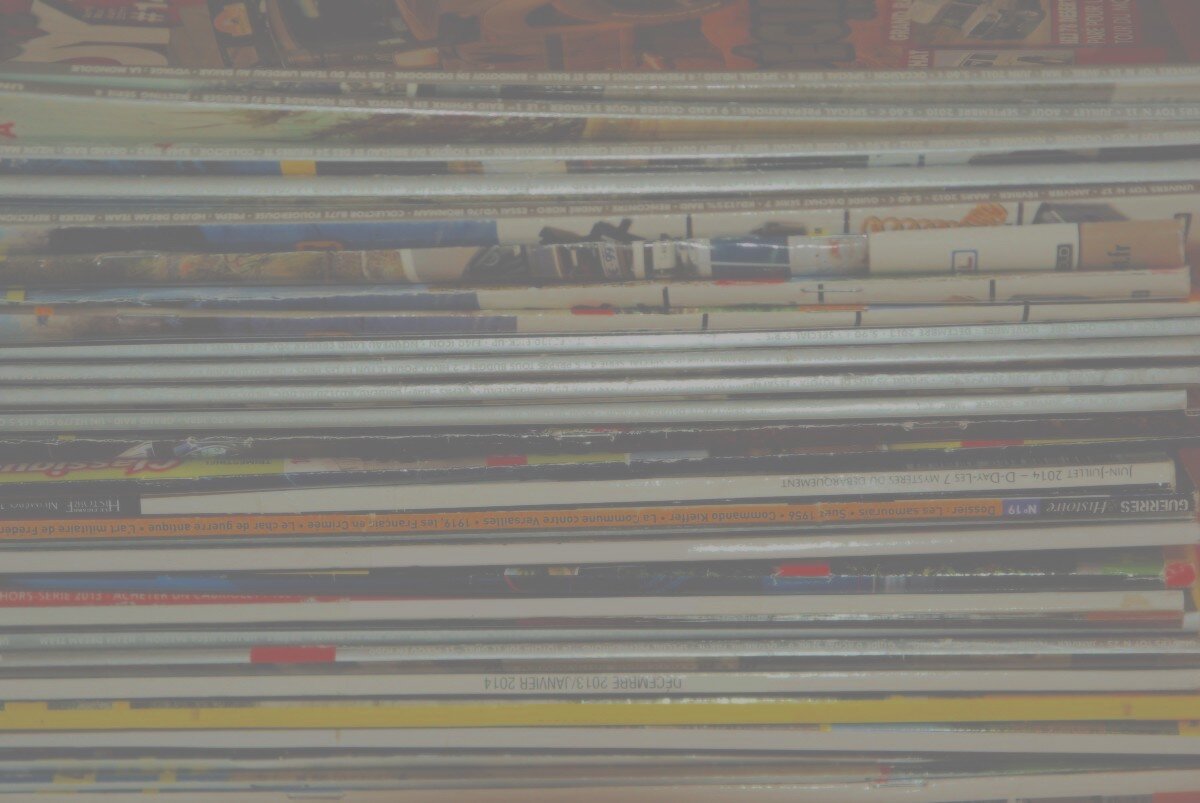
Jeremy Prince is the Collections Specialist at the San Diego History Center in San Diego, California. He began volunteering at the newly opened GLBT Historical Society Museum in 2011. From 2014 to 2019, he served as the society’s director of exhibitions and museum operations. Prince holds an M.A. in early modern European history and museum studies from San Francisco State University.
Curators: Joanna Black, Managing Archivist, and Jeremy Prince, Museum and Exhibitions Manager
Exhibition Manager: Elisabeth Cornu
Communications Coordinator and Editor: Gerard Koskovich
Graphic Design: Jeff Raby, Creatis Group, Inc.
Mark Sawchuk, Ph.D., Communications Manager, Editor
Ramón Silvestre, Ph.D., Museum Registrar and Curatorial Specialist
Contact, GLBT Historical Society
The contents of this exhibition may not be reproduced in whole or part without written permission.






